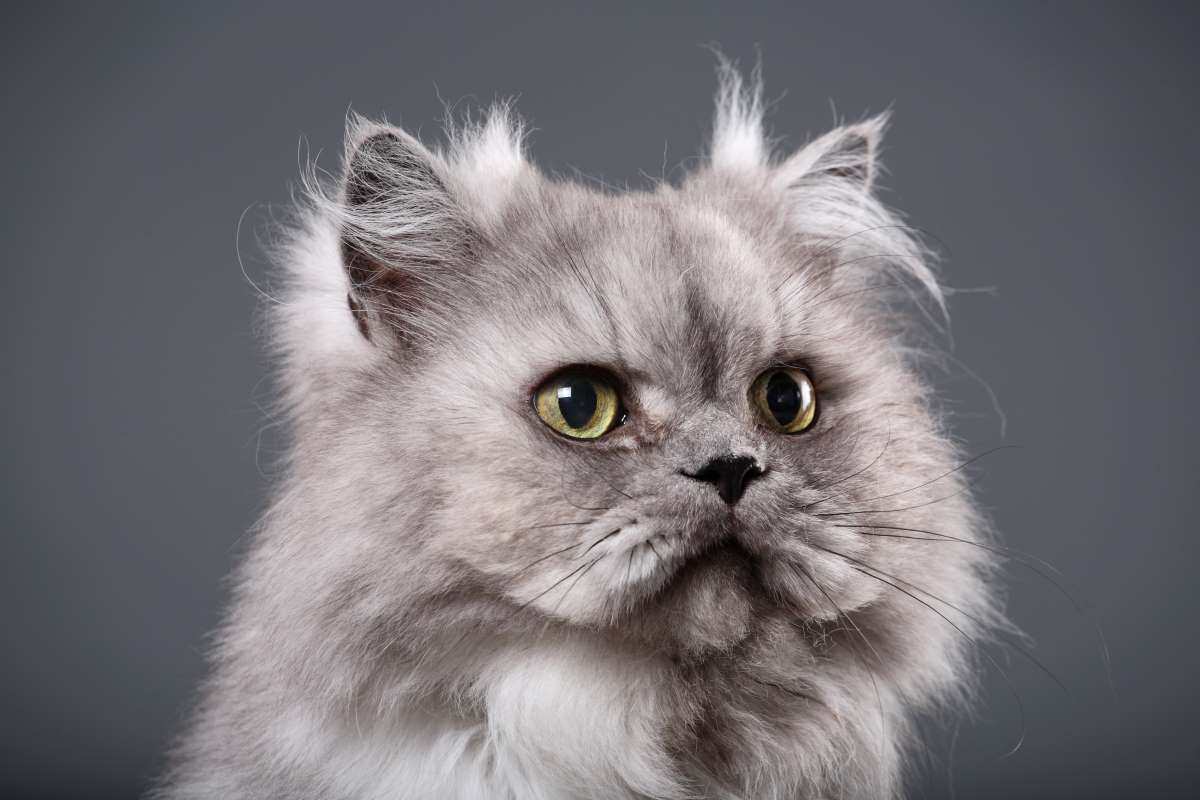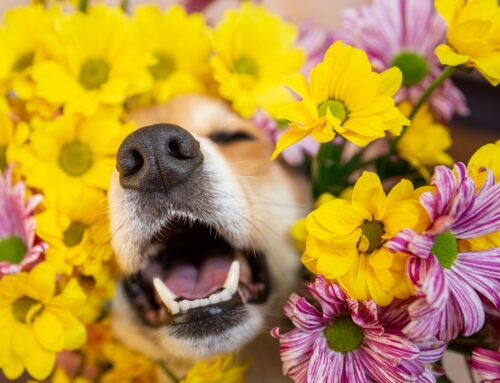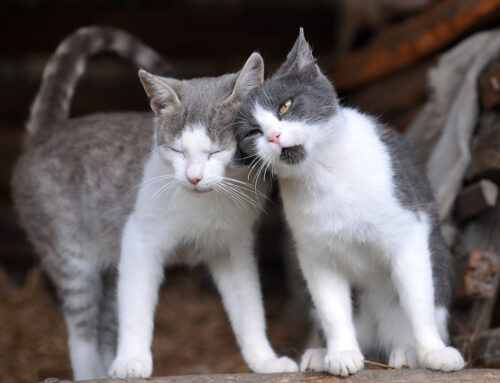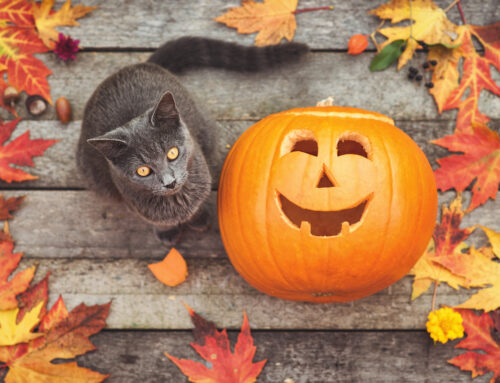One of the world’s most popular cats, is the Persian cat. Known for its distinctive face, the Persian cat has many different variations that can be classified in this breed. The major variations include the Doll Face Persian, Peke-Face Persian, Exotic Shorthair Persian, and the Teacup Persian.
Doll Face Persian
The Doll Face Persian cats are known as the traditional or original Persian cat. They have a long, flowing coat. Their coats all seem to have a woolly under coat and have a long, hairy outer coat. In the summer months, Persian cats tend to lose all the thick underwool, leaving the long hair to remain. Hair on their shoulders and upper hind legs is somewhat shorter. Looking at these cats today, they look almost identical to some of the oldest images found of Persian cats. The Doll Face Persian cat does not have the extreme features like the Peke-Faced Persians who has squished facial features. The Doll Face cat has a nose that extends outward; therefore, they can breathe easier than some other Persian cats. They also do not experience the health problems that this breed is known for.
Peke-Face Persian
This breed of a Persian cats has similarities to the traditional doll-face Persian. The main difference is their squished facial features. This breed got their name from the Pekingese dogs who has the same facial features. The flat face in the Persian cats is a genetic mutation causing this feature. They have a square-shaped head, small nose that is often set directly between their eyes and they have a long jaw. Unfortunately, because of their squished face, this breed has difficulty breathing. Many of these Peke-Face Persian breeds, experience asthma and when they have a cold, it is almost impossible for them to breathe normally. Along with their breathing issues, they often have eye drainage issues causing their owners to frequently clean around their eyes.

Exotic Shorthair Persian
This Persian variation has a flat face and large eyes. They have short hair, unlike the traditional doll-face Persian. Unlike the doll-face Persian who have long hair that owners must groom, the Exotic Shorthair Persian has short hair making it easier for them to groom themselves. Due to their flat face, this Persian variation also experiences health problems like the Peke-Face Persian with difficulty breathing and experiencing tear duct drainage issues. One distinct difference between this Exotic Shorthair Persian versus the Doll-Face Persian (besides having short hair) is that they are more playful, affectionate and do not like to be left alone.
Teacup Persian
These tiny Persian cats get their name because of their size. They were specifically bred to by tiny, in fact, many breeders aim to produce the smallest Persian cats possible. While full-sized Persian cats already experience a list of health problems, the tiny teacup Persian cat’s health problems are increased. Since the different Persian variations already have difficulty breathing, the teacup Persian has even more difficulty due to their small size. This Persian variation also has their challenges with regulating their body temperature. This is one of the highly bred variations, which comes with a very high price tag.
Final Recap
While there is only one breed of Persian cats, over the year’s breeders have developed many different variations of this breed. The distinction between the different variations are based on their face. The original Persian cats have a round face and as a result do not have the difficulty breathing like the other variations. The other variations like the peke-face and teacup Persians have a flat face or squished face causing them to suffer from breathing problems.
If you are a cat person and looking to add a cat to your family, the Persian cat can be a great addition to any family! Let Animal Care Center in Smyrna, GA help with all your veterinary needs! Call us at 770-438-2694.






